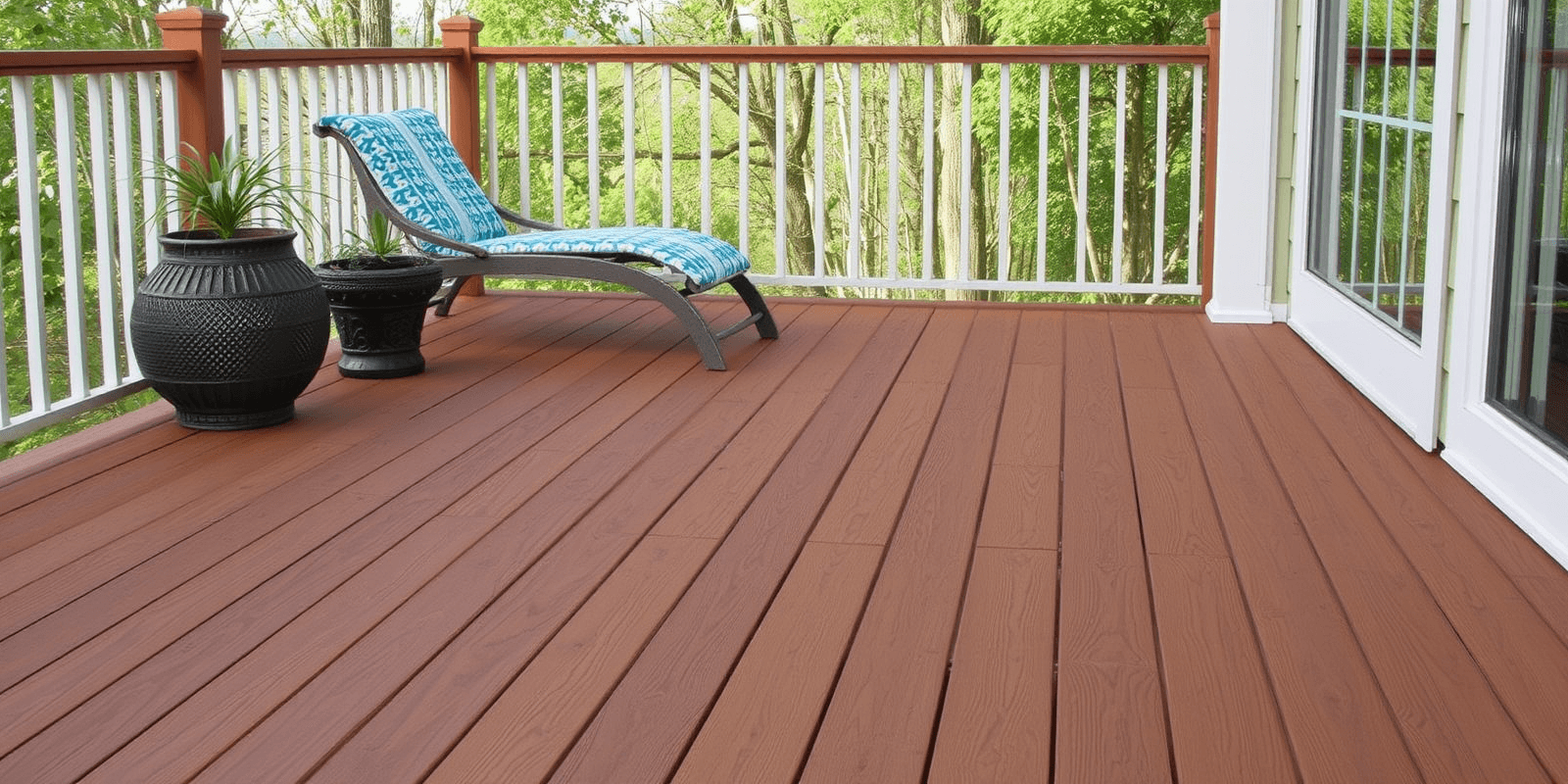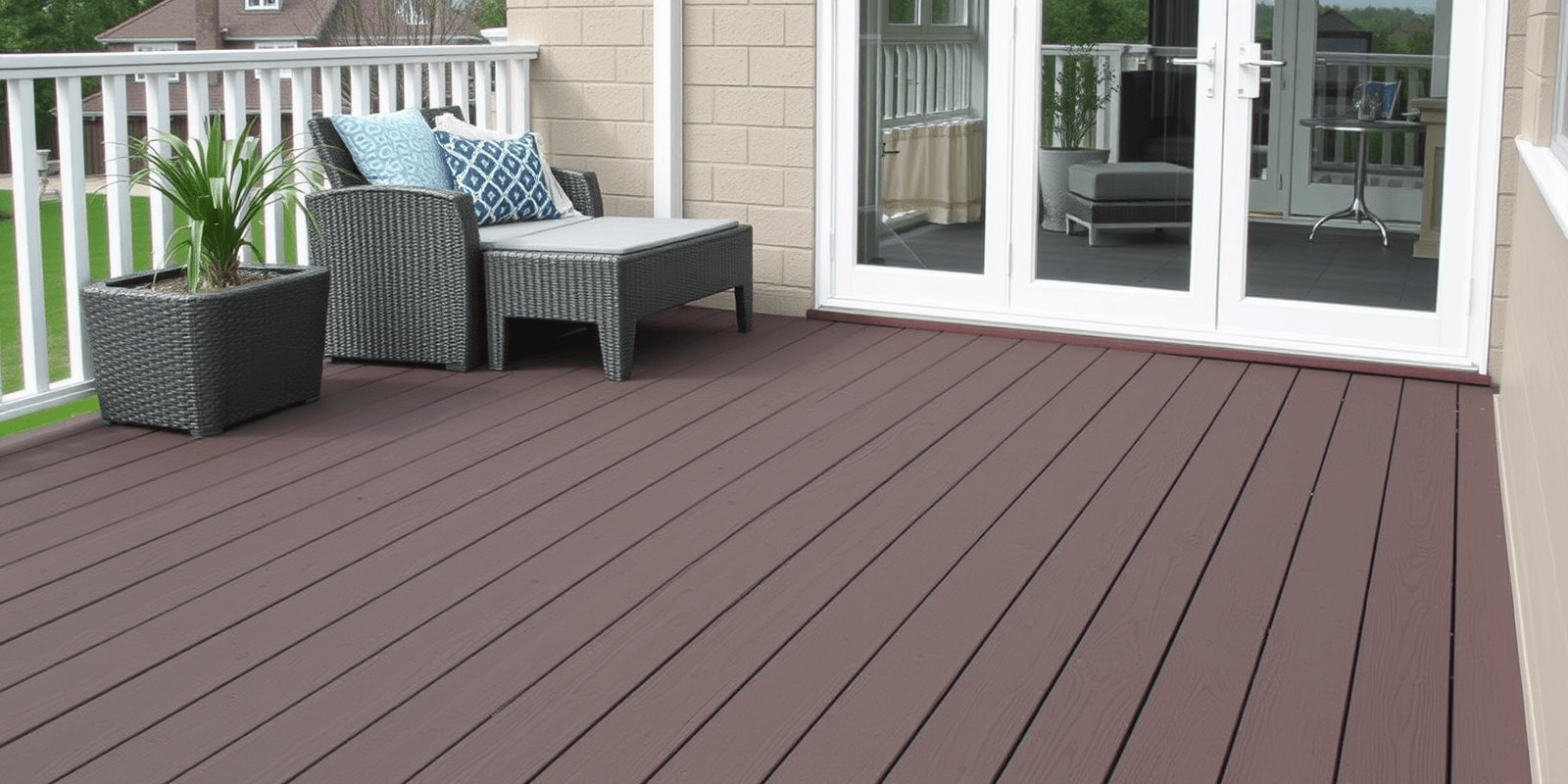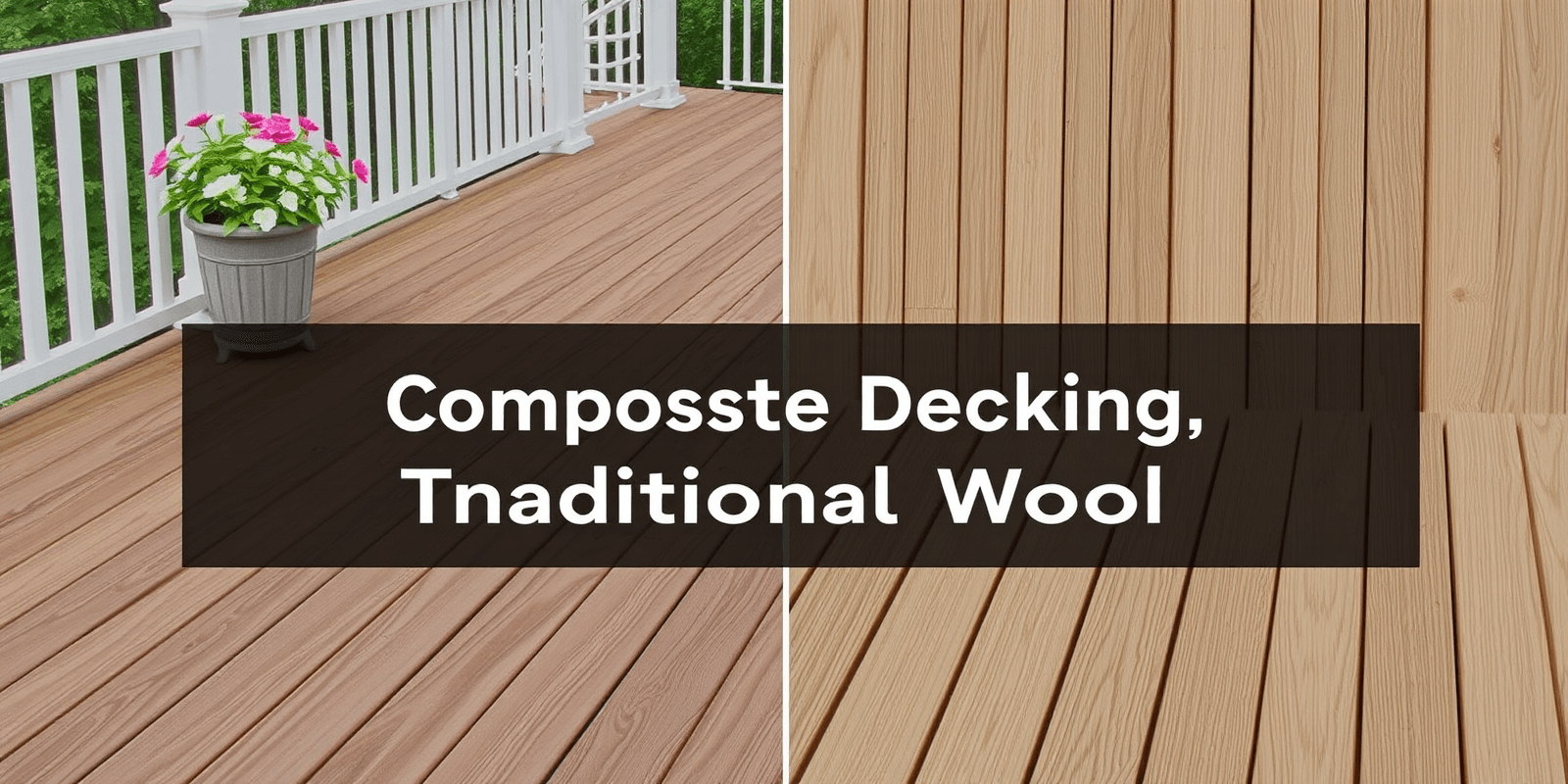“`html
The Environmental Benefits of Using Wood Composite Decking Flooring
Introduction
As awareness about environmental sustainability grows, homeowners and businesses are increasingly seeking eco-friendly alternatives for outdoor decking solutions. One such option is wood composite decking flooring, which offers a range of environmental benefits compared to traditional wood decking. This article explores how wood composite decking can contribute to a more sustainable future.
Reduced Deforestation
One of the most significant environmental benefits of using wood composite decking flooring is the reduction in deforestation. Traditional wood decking often requires harvesting large quantities of trees, which can lead to habitat destruction and loss of biodiversity. In contrast, wood composite materials are made from recycled plastic and wood fibers, reducing the need for virgin timber. By choosing wood composite decking, consumers can help preserve forests and promote sustainable forestry practices.
Lower Carbon Footprint
Wood composite decking also has a lower carbon footprint compared to traditional wood decking. The production process for wood composites generally uses less energy than processing raw wood. Additionally, because these materials incorporate recycled plastics, they reduce the amount of plastic waste that ends up in landfills or oceans. This dual benefit of reducing both timber consumption and plastic waste makes wood composite decking an environmentally friendly choice.
Recyclability
Another key advantage of wood composite decking is its recyclability. Unlike traditional wood, which degrades over time and cannot be easily reused, wood composites can be repurposed at the end of their lifecycle. Many manufacturers have recycling programs that allow old composite decking to be broken down and used in new products. This closed-loop system helps minimize waste and supports a circular economy, further enhancing the sustainability of this material.
Comparison with Traditional Wood Decking
When compared to traditional wood decking, wood composite decking clearly stands out in terms of environmental impact. While traditional wood decking can require frequent maintenance and replacement due to rot and decay, wood composites are more durable and resistant to weathering. This longevity reduces the need for frequent replacements, thereby minimizing resource consumption and waste generation. Furthermore, the manufacturing process of wood composites generally results in fewer greenhouse gas emissions than that of traditional wood, contributing to overall lower carbon footprints.
Conclusion
In conclusion, wood composite decking flooring offers numerous environmental benefits over traditional wood decking. By reducing deforestation, lowering carbon footprints, and providing recyclable options, wood composites represent a more sustainable choice for outdoor living spaces. As we continue to seek ways to protect our environment, opting for eco-friendly building materials like wood composite decking is a step in the right direction.
“`



